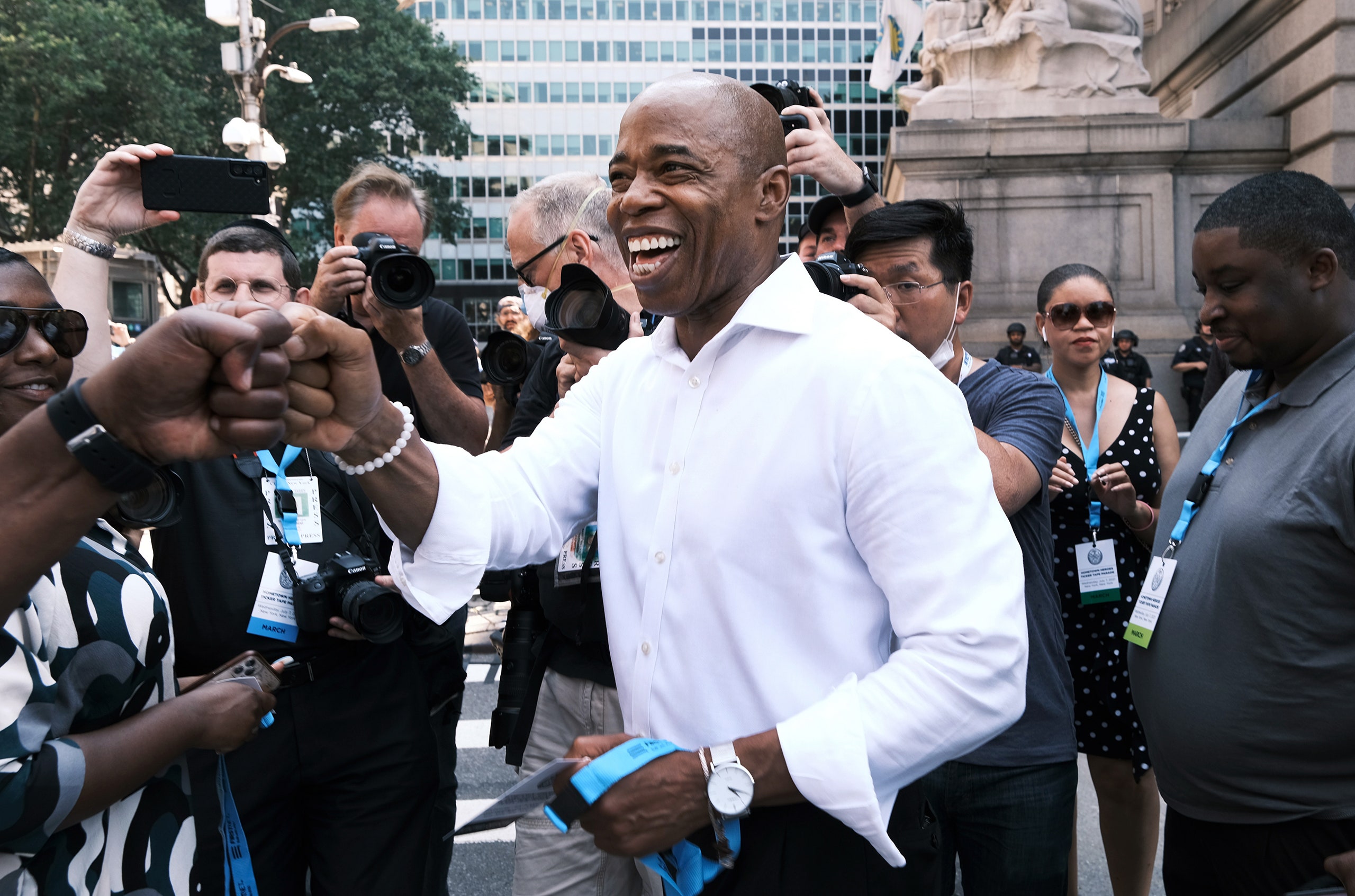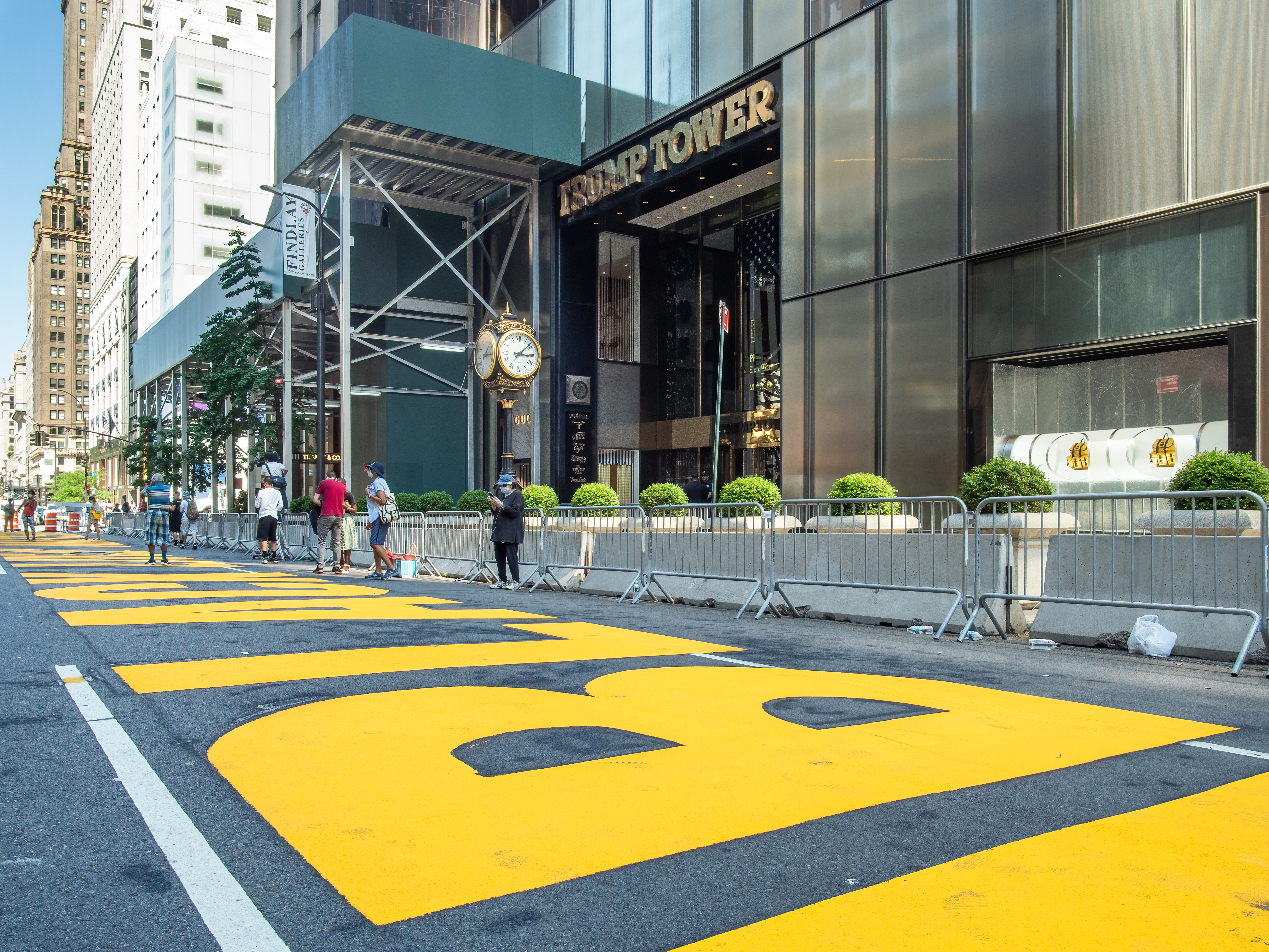New York’s election: an ex-cop as mayor in a progressive stronghold
The vote held on November 2 in New York City elected a new mayor in former police officer Eric Adams. After two terms in office, Bill de Blasio – also a Democrat – is set to leave Gracie Mansion, the mayor’s residence in Manhattan, at the end of the year, and is already rumored to be planning a run for governor despite his astounding unpopularity among progressive and moderate Democrats alike. Only 25% of New Yorkers think de Blasio, who was elected in 2013 and again in 2017 on a broadly liberal platform, has been doing a good job, a percentage so low that makes Donald Trump, who enjoys a 37% approval rating in New York, look good.

Adams was declared New York City’s 110th mayor, but only the second Black one, on November 2, after winning 66.5% of votes. He defeated Curtis Sliwa, a beret-doting Republican owner of 16 cats whose claim to fame (and arguably infamy) is founding the citizen crime control group Guardian Angels, which he promoted by staging fake crimes, among other stunts.
Adams’ victory margin was considerable, but fell short of those of De Blasio’s, who received more than 73% of votes in 2013 and nearly 75% in 2017.
Turnout was typically low: only about 22% of eligible New Yorkers voted in the general election, down from 23% in 2017 and 24% in 2013. Scant voter participation in general mayoral elections is to be expected in New York, a heavily democratic city where the ultimate outcome appears never in doubt. Perhaps more surprisingly, New Yorkers show a similar reluctance to go to the polls even in the more decisive democratic mayoral primaries, with 20% or fewer voters showing up in 2013, 2017, and again this past June.
Read also: New York City: still a beacon as the pendulum swings
Some of the reasons are logistical—closed primaries, work-day scheduling, no same-day registration. Others are more complex. For all their perceived engagement, New Yorkers essentially apply the same skepticism to local primaries and elections they reserve for federal ones, seemingly possessing highly ideological views but failing to express them at the polls amid the widespread belief that their vote doesn’t ultimately matter.
All this contrasts with the political buzz that took the city by storm only a year ago with protests in support of the Black Lives Matter (BLM) movement and against racism and police brutality.

New York City has a long and tense history of police violence, and the New York Police Department is infamous for its racial biases and often outright racist policies. Notably, in 2014 an NYPD officer killed Eric Garner, a Black man, by choking him during a search. That episode bore many of the same markings as the police murder of George Floyd in Minneapolis in 2020, which became the catalyst for BLM.
Yet only a year later, after city authorities met the anti-racism demonstrations with a curfew and more police violence, the New Yorkers who turned up to vote did so for moderate, pro-police candidates such as Adams and veteran state official Kathryn Garcia, who campaigned against cutting the size of the NYPD as many activists had pushed for.
Adams ran on a pledge to reduce crime in the city after rapes, murders and other offenses rose in New York, and many other US metropolitan areas, since the start of the novel coronavirus pandemic – though observers are still debating the exact degree to which that happened, and what may be behind the trend. He did not just reject the concept of “defund the police”, but called it an elite, predominantly white position that failed to reflect the views of a vast majority of Black voters who are directly impacted by rising crime rates.
During the campaign, Adams cited his more than two decades in law enforcement, before he rose to Brooklyn borough president, as guarantee that he alone would be able to deliver on the commitment.
His success at the polls reveals a New York that is perhaps less progressive than many people thought, and more complex that the identity-centered politics of recent years may have accounted for.
The general election made that especially clear, in a warning to liberals that they should not consider New Yorkers, and especially minority voters in the city, a safe bet.
For one, voters in Asian-majority precincts moved significantly toward the Republican Party. They went 44% for Sliwa, a higher share than he got in majority-white ones.
The shift follows a trend seen in the past two presidential elections, where immigrant-heavy precincts in New York City, and particularly Latino voters, picked Donald Trump over Joe Biden despite the widespread belief among election observers that the former president held policy positions that should have alienated this demographic.
The election of a moderate Black mayor, and minorities’ at least partial defection from the Democratic Party, suggests New York City might be as racially, economically and politically diverse as ever, but a progressive stronghold no more.
Read also: New York, New York dall’inizio
Adams now has the unique opportunity, and challenge, to meet the demands of this evolving New York: as a moderate Black man, he must find a new middle ground between advocating for police intervention to stem crime and rejecting the violent excesses of policing that minorities in particular suffer from.
